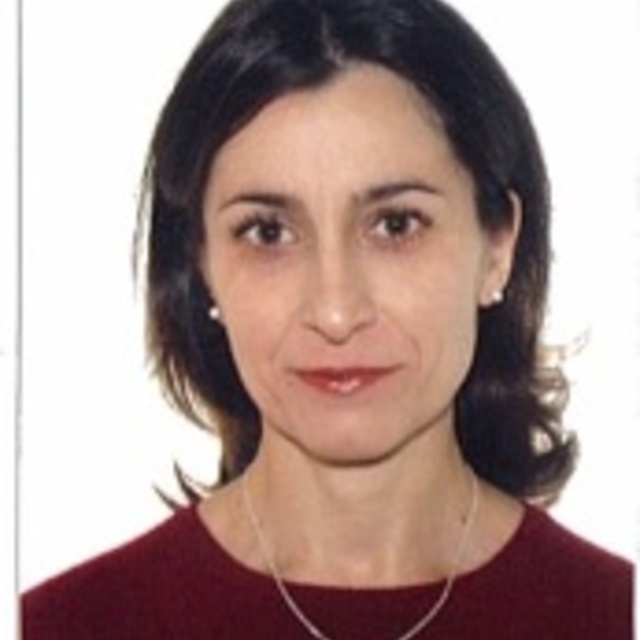July
2022
•
2022ApJ...933..187R
Authors
•
Rennie, Thomas J.
•
Harper, Stuart E.
•
Dickinson, Clive
•
Philip, Liju
•
Cleary, Kieran A.
•
Bond, Richard J.
•
Borowska, Jowita
•
Breysse, Patrick C.
•
Catha, Morgan
•
Cepeda-Arroita, Roke
•
Chung, Dongwoo T.
•
Church, Sarah E.
•
Dunne, Delaney A.
•
Eriksen, Hans Kristian
•
Foss, Marie Kristine
•
Gaier, Todd
•
Gundersen, Joshua Ott
•
Harris, Andrew I.
•
Hensley, Brandon
•
Hobbs, Richard
•
Ihle, Håvard T.
•
Lamb, James W.
•
Lawrence, Charles R.
•
Lunde, Jonas G. S.
•
Paladini, Roberta
•
Pearson, Timothy J.
•
Rasmussen, Maren
•
Readhead, Anthony C. S.
•
Stutzer, Nils-Ole
•
Watts, Duncan J.
•
Wehus, Ingunn Kathrine
•
Woody, David P.
•
Comap Collaboration
Abstract
•
We present early results from the CO Mapping Array Project (COMAP) Galactic Plane Survey conducted between 2019 June and 2021 April, spanning 20° < ℓ < 40° in Galactic longitude and ∣b∣ < 1.°5 in Galactic latitude with an angular resolution of 4.'5. We present initial results from the first part of the survey, including the diffuse emission and spectral energy distributions of H II regions and supernova remnants (SNRs). Using low- and high-frequency surveys to constrain free-free and thermal dust emission contributions, we find evidence of excess flux density at 30 GHz in six regions, which we interpret as anomalous microwave emission. Furthermore we model ultracompact H II contributions using data from the 5 GHz CORNISH catalog and reject these as the cause of the 30 GHz excess. Six known SNRs are detected at 30 GHz, and we measure spectral indices consistent with the literature or show evidence of steepening. The flux density of the SNR W44 at 30 GHz is consistent with a power-law extrapolation from lower frequencies with no indication of spectral steepening in contrast with recent results from the Sardinia Radio Telescope. We also extract five hydrogen radio recombination lines (RRLs) to map the warm ionized gas, which can be used to estimate electron temperatures or to constrain continuum free-free emission. The full COMAP Galactic Plane Survey, to be released in 2023/2024, will span ℓ ~ 20°-220° and will be the first large-scale radio continuum and RRL survey at 30 GHz with 4.'5 resolution.
Links




